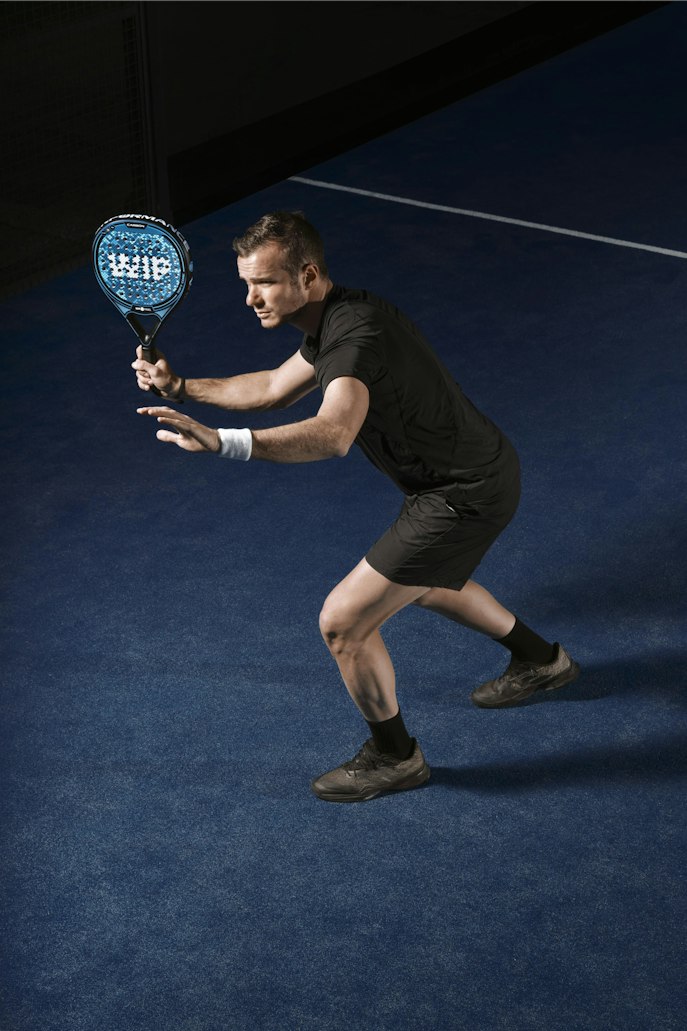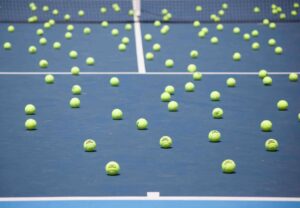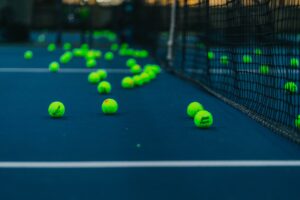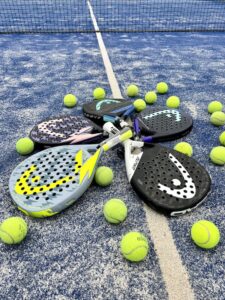Quick Reaction: Strategies for Improving Response in Padel
2 min read
Quick Reaction: Strategies for Improving Response in Padel
If you’re an avid padel player, you know just how important quick reactions are in this fast-paced game. The ability to swiftly respond to your opponent’s shots can make all the difference between winning and losing. So, how can you improve your reaction time in padel? Let’s explore some strategies that can help you become more agile and responsive on the court.
Enhance Your Footwork
One of the keys to improving your reaction time in padel is to work on your footwork. Having proper foot positioning and quick, precise movements can make it easier for you to reach the ball and return it effectively. Practice drills that focus on footwork and agility to help improve your responsiveness on the court.
Keep Your Eyes on the Ball
It may sound simple, but keeping your eyes on the ball at all times can significantly improve your reaction time. By maintaining visual focus on the ball, you can anticipate its trajectory and prepare yourself to react quickly and efficiently. Train yourself to track the ball with your eyes and stay engaged with its movement throughout the game.
Anticipate Your Opponent’s Moves
Being able to anticipate your opponent’s shots can give you a crucial advantage in padel. By learning to read your opponent’s body language and positioning, you can better predict where the ball will be coming from and how to respond to it. Anticipation allows you to react more swiftly, giving you the upper hand during rallies.
Stay Mentally Sharp
Improving your reaction time in padel isn’t just about physical skills—it also requires mental sharpness. Stay focused and attentive during matches, and be prepared to react quickly to any unexpected shots. Keep your mind engaged and alert, and be ready to respond with agility and precision.
Practice Consistently
As with any skill, improving your reaction time in padel requires consistent practice. Dedicate ample time to honing your reflexes and responsiveness on the court. Set aside regular practice sessions to work on your footwork, ball tracking, and anticipation skills. The more you practice, the more natural and instinctual your reactions will become.
In conclusion, improving your reaction time in padel is a combination of physical and mental readiness, coupled with consistent practice. By enhancing your footwork, honing your visual tracking skills, and staying mentally sharp, you can become a more agile and responsive player on the padel court. So, don’t wait—start implementing these strategies into your training regimen and watch your reaction time improve with each game!
Remember, the keyword “how to improve reaction time in padel” is important to keep in mind as you craft your content. This will assist in optimizing your article for maximum visibility and engagement. Happy playing!







